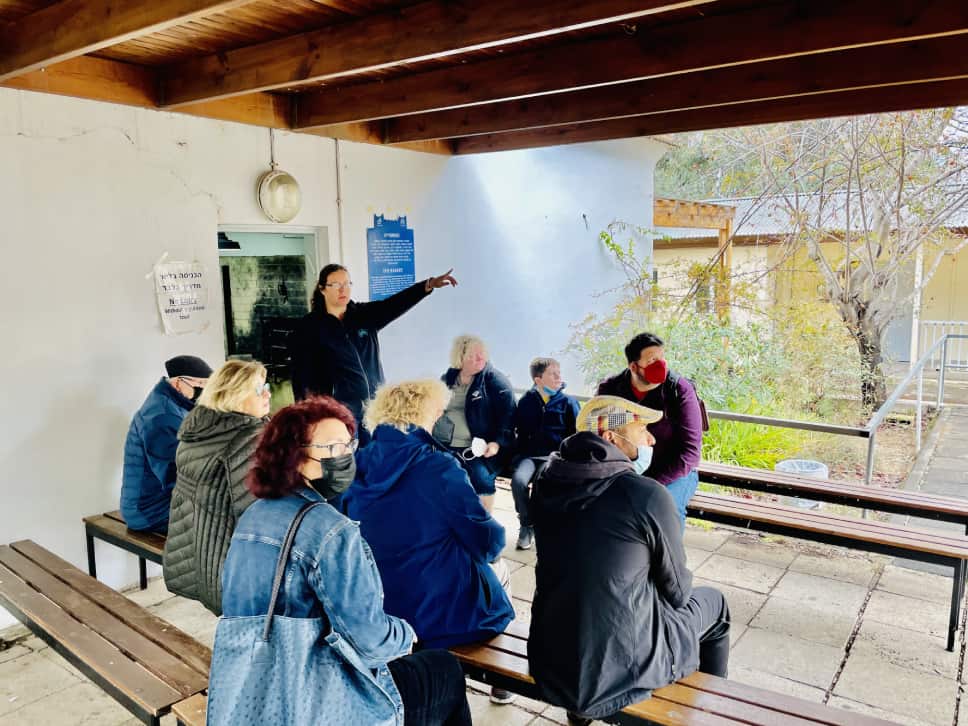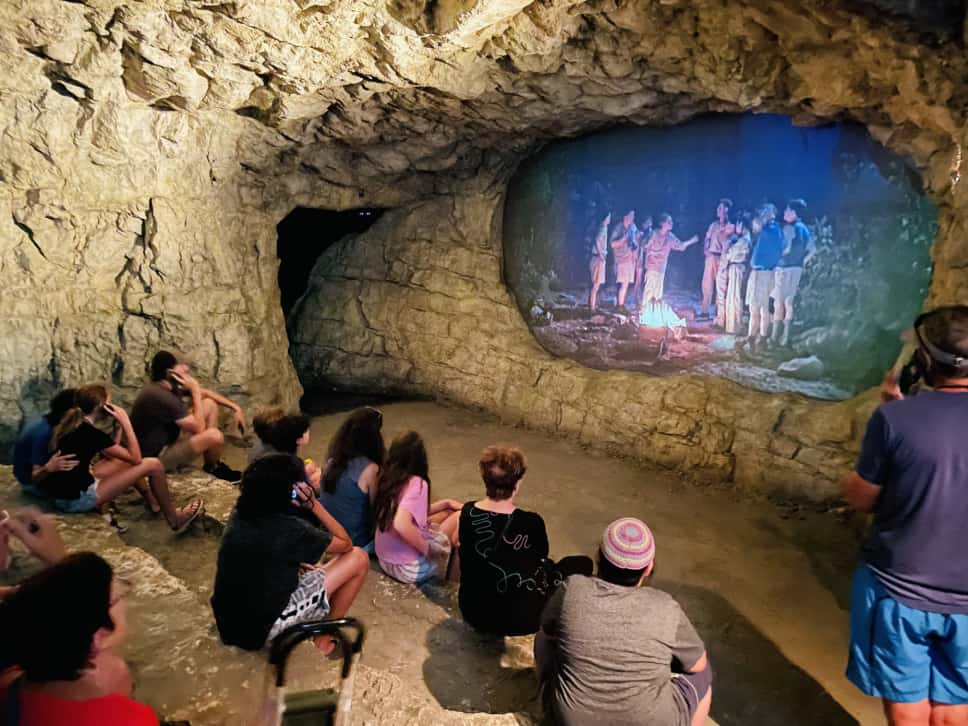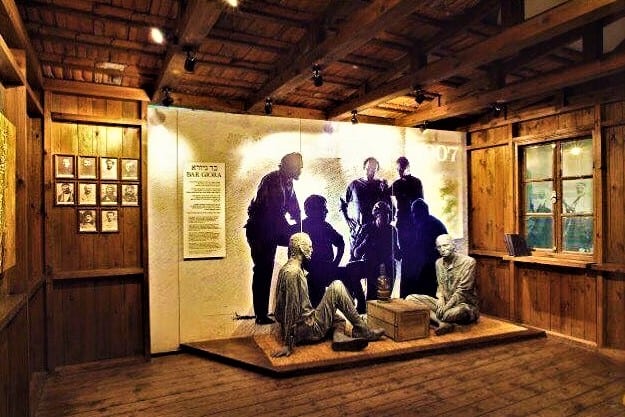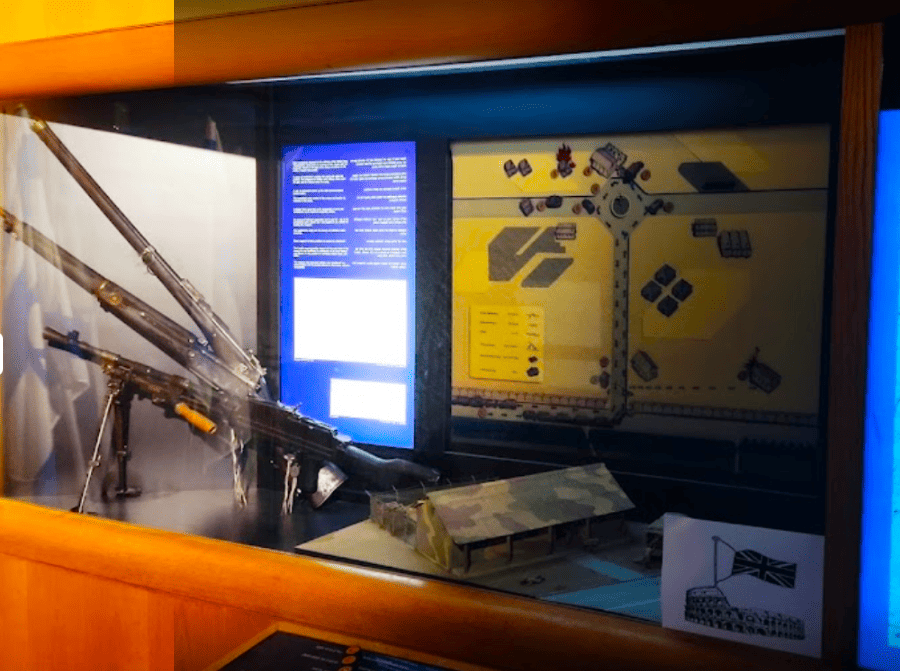The pre-IDF brigades: Haganah, Irgun, and Lechi were three Jewish Clandesinte semi-militaristic units in Mandatory Palestine. They joined forces to become the Israeli Defense Forces in 1948. However, before they entered, they had significant ideological differences – they all believed in the Zionist idea of creating a Jewish state. But disagreed about how to achieve it. The story of how these three organizations were formed; fought against a common goal; and, at one stage, against one another, before coming together to fight as one for the Jewish state is a fascinating one.
Ayalon Institute Museum

Haganah (The Defense)
The Haganah was the central Zionist military organization of the Yishuv (Jewish community) in Mandatory Palestine between 1920 and 1948. Formed by existing militias to defend Jewish settlements from Arab attacks in 1920 and 1921, the Haganah began as an organization of local defense groups in large towns and some settlements. After the Arab riots in 1929, the Haganah grew in strength and developed into a military body.
The Palmach Museum

The Haganah was managed by the Jewish Agency, an official governmental body formed to look after the Jewish community in Palestine during the British Mandate. During the Second World War, the Haganah cooperated with British intelligence units on various missions throughout the Middle East. The organization strengthened its independence during the war, standing by the doctrine of “havlaga” (“self-restraint”). However, the British Anti-Zionist policy caused two groups with more radical ideas – the Irgun and the Lehi – to split off from the leading organization. Today there is an excellent museum about the Haganah in Tel Aviv! You should visit it if you get the chance.
Irgun (The National Military Organization in the Land of Israel)
The Irgun, also referred to as Etzel, was an organization formed in 1931 as an offshoot of the older and larger Haganah. While the Irgun believed in the Zionist idea of creating a Jewish state, they disagreed with how the Haganah went about it and broke off to form their own, more militant organization. Founded by Ze’ev Jabotinsky, the Irgun was created on the policy of Revisionist Zionism. It differed from other types of Zionism in that its members wanted to occupy the whole territory covered by the League of Nations; and not just sections of it.
Yad LaShiryon Museum

While the Irgun was described as a terrorist organization by the United Nations, the British, and the United States, the organization’s tactics appealed to many Jews who believed that any action taken in the cause of the creation of a Jewish state was justified.
Lehi (Fighters for the Freedom of Israel)
The Lehi, also called the Stern Gang, was a radical offshoot of the Irgun militant organization. In other words, they wanted to evict the British authorities from Palestine by force. And to create a “new nationalist and totalitarian Hebrew republic.” Founded by Avraham (“Yair”) Stern in 1940 after splitting from the Irgun organization, the Lehi continued to fight the British in World War II. But sought an alliance with Nazi Germany and Fascist Italy to help the transfer of all Jews from Nazi-occupied Europe to Palestine.
The Haganah Museum

When Stern died in 1942, the group began to support Stalin’s Soviet Union and officially declared its support for National Bolshevism. The Lehi was responsible for assassinating the British Minister Resident in the Middle East, Lord Moyne, along with many other attacks on the British, including the bombing of the King David Hotel in Jerusalem in 1946. And the Deir Yassin massacre in 1948; was carried out in collaboration with the Irgun.

After the assassination of Folke Bernadotte, the new Israeli government declared the Lehi a terrorist organization and formally disbanded the group in 1948. Just before the first Israeli elections in January 1949, members of the group were granted amnesty. They awarded the Lehi ribbon, an “award for activity in the struggle for the establishment of Israel.”







